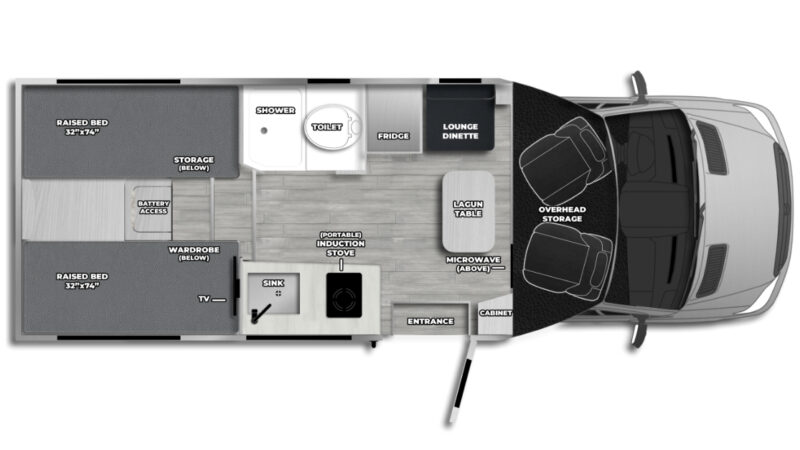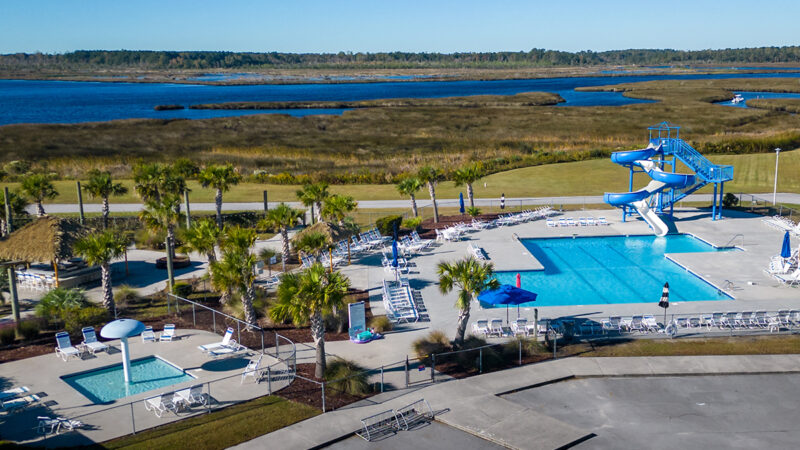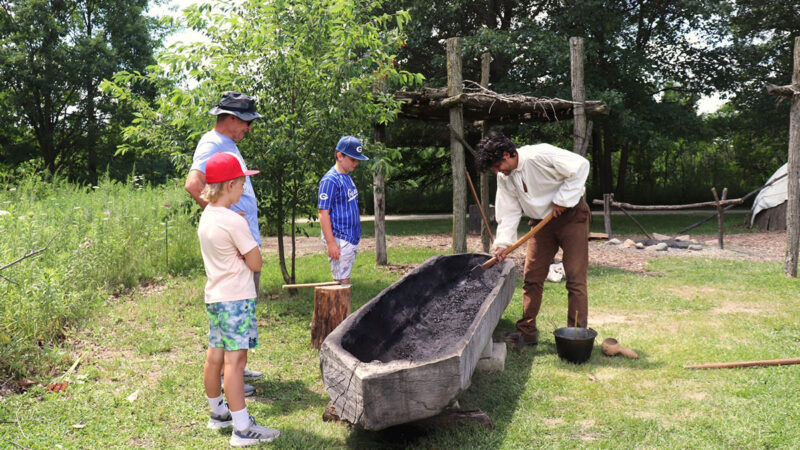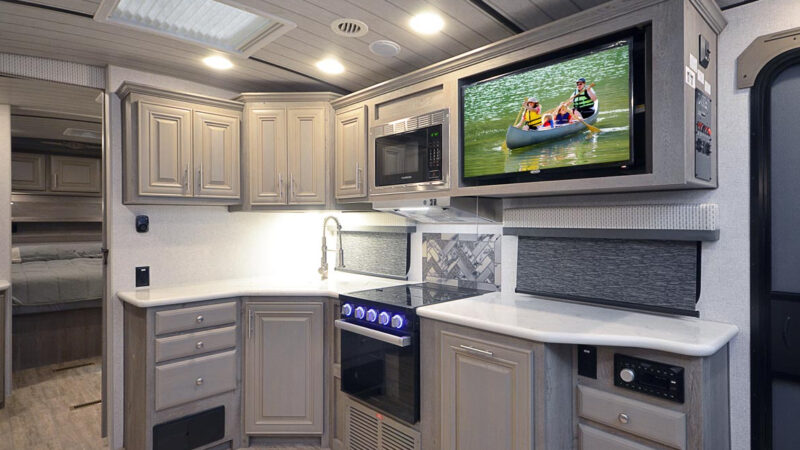Driving Force: Vintage Virtuosos
I the late, newlyweds Anna and Justin Scribner were cruising the classifieds for a travel trailer when they found one that would change their lives—a 1958 Shasta Airflyte. Fans of vintage cars and furniture, the couple loved the camper’s styling, particularly the aluminum wings jetting off the rear. The rig wasn’t in great shape, with a tear in the aluminum skin and a tired and worn interior. “But it was still just as cute as all get out,” Anna remembers. They bought it for $600, fixed it up with some paint and patches and “camped the hell out of it,” she says.
Before long, like many who get on the travel-trailer train, they wanted an upgrade. So they sold the Shasta and bought a gutted 1963 Silver Streak off a farm near their home in Bend, Oregon. Justin, a contractor, and Anna, a designer, refurbished it, used it a while, then sold it to make some money. They did that with other old trailers four more times over the next two years.
Soon they were getting calls from people all across the country looking to buy their rigs. “It became very apparent we could do this quicker with a bigger return than doing construction,” Justin says. “We never went into this thinking this would be a business.”
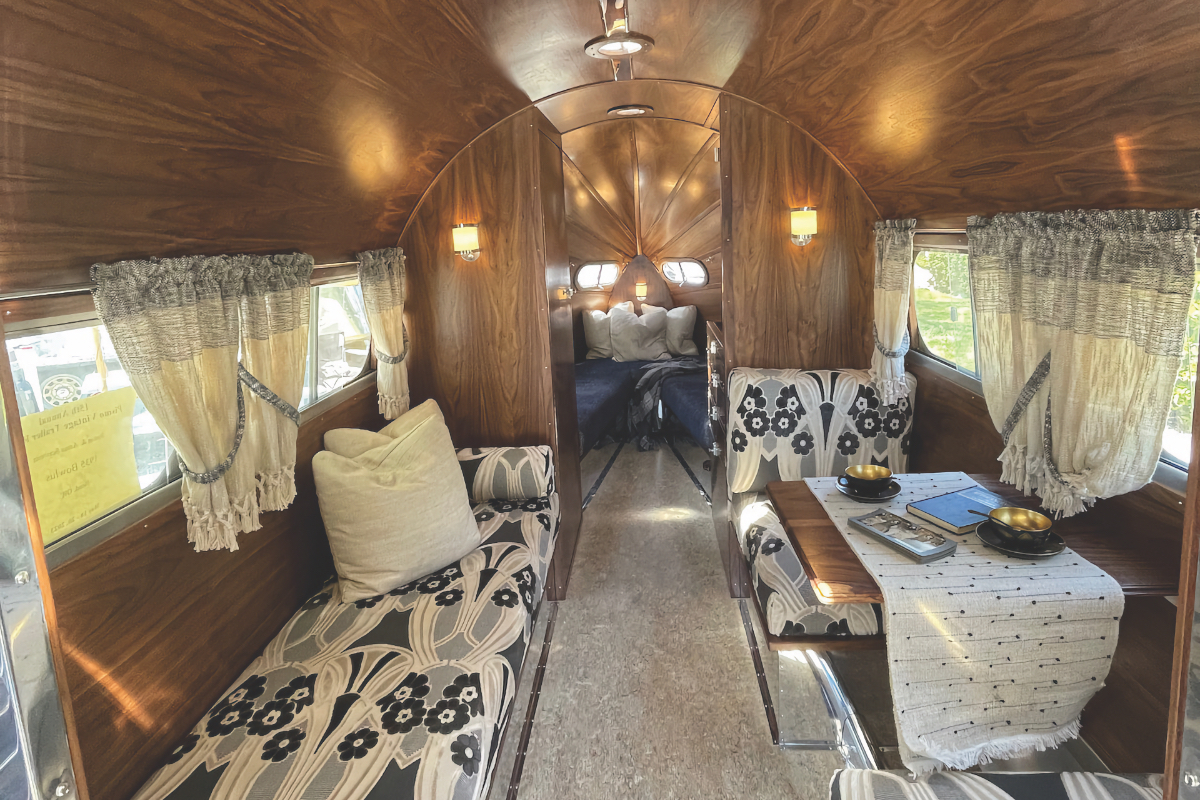
Photo Credit: Anna Scribner
Fast forward a few decades: Their shop, Flyte Camp, has become legendary in vintage-trailer circles for rare finds and gorgeous restorations undertaken with taste and precision. A 1949 Spartanette brought back to life. A 1956 Santa Fe canned ham. Coolest of all, a 1961 Holiday House Geographic Model X, a camper so rare that only seven were ever made and only two are still known to exist.
“There was this whole culture around vintage trailers that we didn’t even know about,” Justin says. “We were just doing it because we enjoyed it.”
Hollywood came knocking, and a two-season cable reality show—Flippin’ RVs, which aired in 2014 and 2015—followed the couple and their crew on search-and-refurb missions. The Scribners even designed and built their own trailer, the Neutron, a $94,000 handcrafted beauty with a warm birchwood interior, inspired by vintage aesthetics but with modern amenities.
These days, they travel to a lot of rallies and shows, offering close-up looks at their restorations, which now number close to 200. The trailers’ abiding character, Anna says, comes from a mix of masterful, nearly obsolete craftsmanship and a form-over-function aesthetic that she thinks some of today’s manufacturers could learn from.
“Nowadays having a nook to charge your phone or put a book next to the bed is a luxury, even if it’s just thrown together with particleboard,” she says. “With trailers from 60, 70, 80 years ago, you can see they weren’t worried about price point or anything like that. They asked themselves, ‘What can we do?’ And then they made something amazing.”
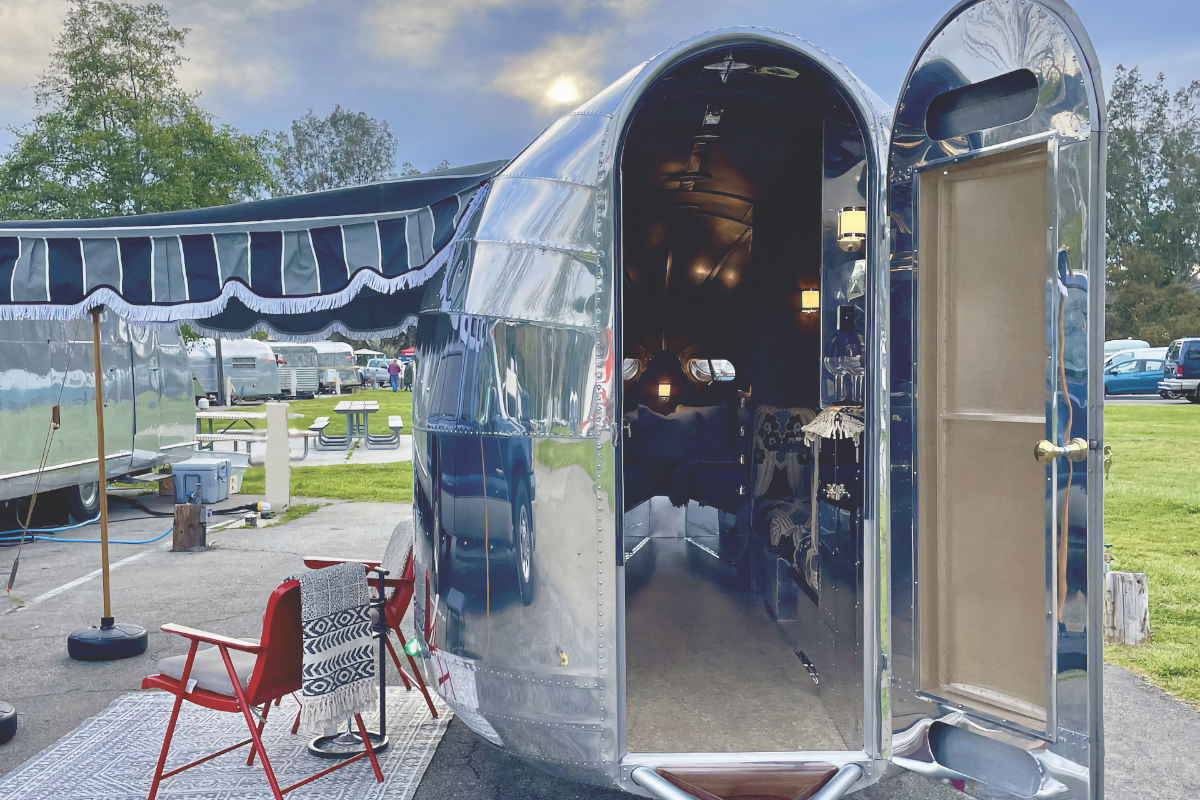
Photo Credit: Anna Scribner
Polishing Pointers
The Flyte Camp crew does a lot of polishing old aluminum. You can glean some buffing tips (among other bits of sage advice) on their YouTube channel. A few things we learned:
1) Be patient with grit progression and compounding stages. Dry sanding an old trailer skin might start at 800 grit, followed by passes at 1,000, 1,200, and 1,400, then by wet sanding at 1,500, 2,000, and 3,000. Skipping steps in the sequence risks leaving marks from coarser grits.
2) Clean well between steps when polishing with compounds, using an adhesive remover, so as not to let compounds mix.
3) A Cyclo dual-head orbital polisher is a boon to finish polishing, getting out swirl marks and scratches.
4) Watching someone polish old aluminum on the internet is hypnotic. Stream at your own risk.
This article originally appeared in Wildsam magazine. For more Wildsam content, sign up for our newsletter.
The post Driving Force: Vintage Virtuosos appeared first on RV.com.
Source: https://www.rv.com/lifestyle-travel/decor-design/driving-force-vintage-virtuosos/


